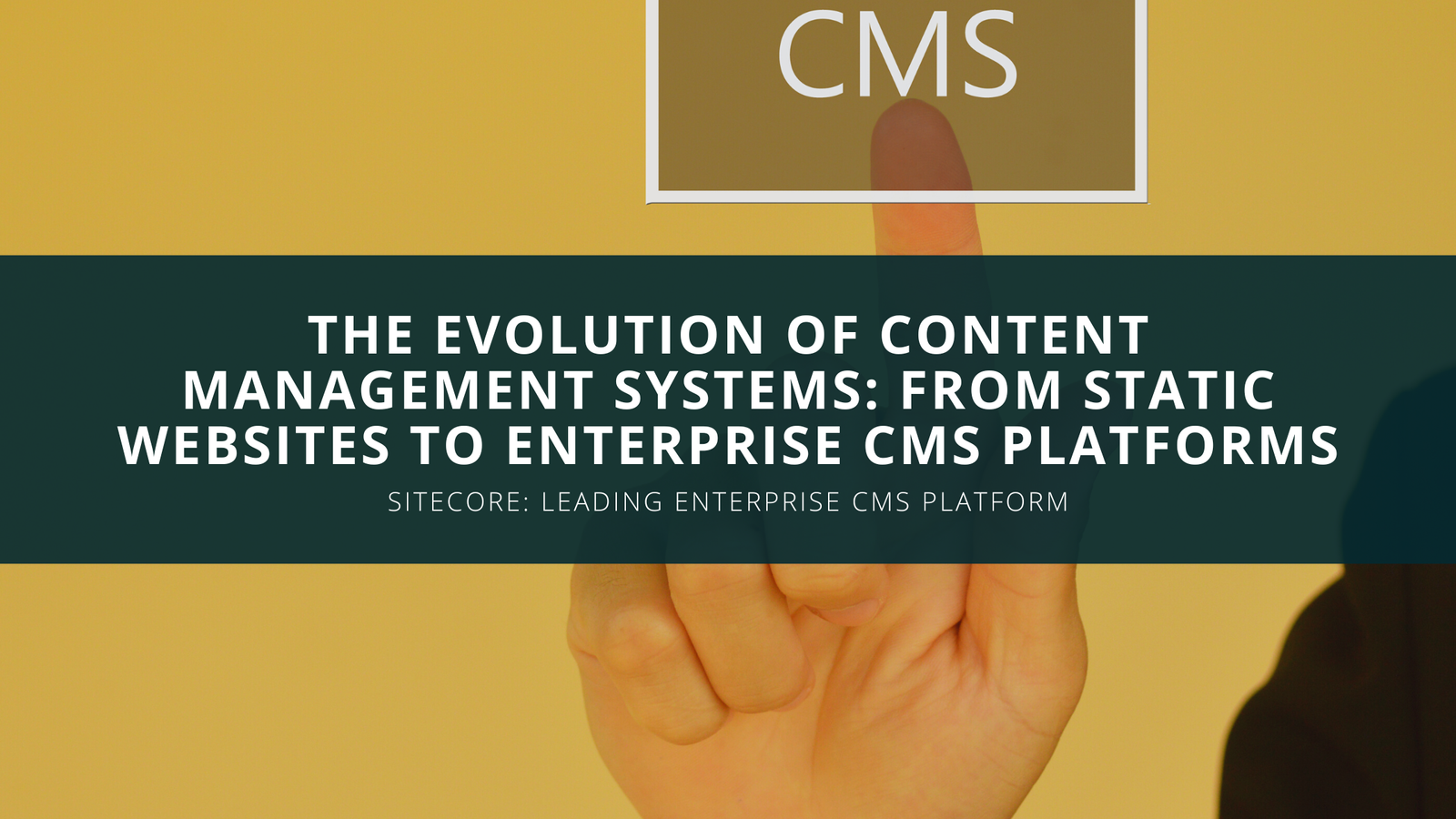The rise of the internet in the 1990s marked the beginning of a new era in communication, with websites becoming the primary means of disseminating information online. At the time, websites were simple, static HTML pages that were manually updated by web developers. However, as the number of websites grew, the need for a more efficient way of managing and updating content became increasingly apparent.
The first Content Management Systems (CMS) were created to address this need, allowing non-technical users to manage and update their websites without the need for technical expertise. Early CMS platforms were limited in functionality, but they paved the way for the development of more advanced systems that would come later.
Over the next two decades, CMS platforms continued to evolve and mature, incorporating new technologies and features that enabled organizations to build more complex and sophisticated websites. The introduction of dynamic web content, user-generated content, and the rise of e-commerce all fueled the growth of CMS platforms, which began to target larger organizations and enterprise-level businesses.
Today, the CMS landscape is dominated by enterprise CMS platforms such as Sitecore, which offer a range of powerful tools and features designed specifically for large organizations. These platforms are designed to support complex, multi-channel digital experiences and provide a centralized, integrated platform for managing all aspects of a company’s digital presence.
Sitecore, in particular, stands out as a leading enterprise CMS platform, offering a range of features and capabilities that are unmatched by its competitors. From its powerful content management tools to its sophisticated analytics and personalization capabilities, Sitecore provides organizations with a comprehensive solution for managing their digital presence.
Sitecore also offers a range of integrations with other enterprise systems, such as CRM platforms and marketing automation tools, providing organizations with a single, unified platform for managing all aspects of their digital presence. This integration helps to streamline processes, reduce costs, and improve the overall efficiency of digital operations.
In conclusion, the evolution of CMS platforms has come a long way since the early days of simple, static HTML pages. Today, enterprise CMS platforms such as Sitecore play a critical role in helping organizations to manage their digital presence and achieve their business goals. With its powerful tools and features, Sitecore provides organizations with a comprehensive platform for managing all aspects of their digital presence and delivering exceptional digital experiences to their customers.
